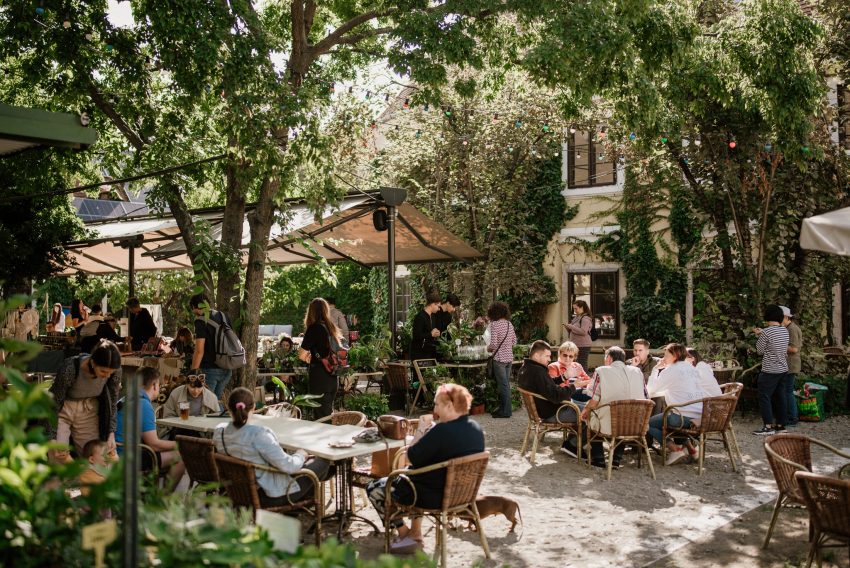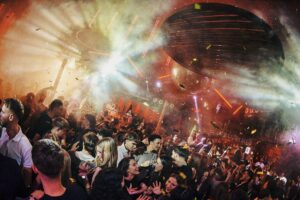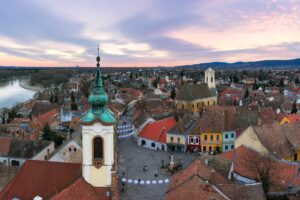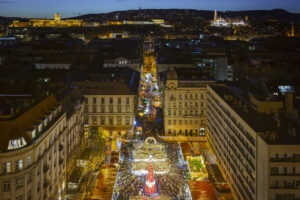Discover the charm of Óbuda this summer, a historic treasure trove boasting captivating museums, a vibrant music scene, serene parks, and the city’s only free public beach!
Main Square
The cobble-stoned Fő tér (Main Square), and its continuation on the other side of Árpád Bridge, known as the Krúdy Quarter, are the last remnants of historic Óbuda, which used to be its own town for ages, until it was merged together with Pest and Buda in 1873. Fő tér makes up for its out-of-the-way location with its picturesque Baroque buildings, vibrant cultural life (Kobuci Kert being one of the city’s most popular outdoor concert venues, while the Vasarely Museum is a must-see for all art lovers), enchanting pubs, and renowned restaurants.

Roman Beach
A favoured weekend destination of bikers, families and tourists looking for something off the beaten path, Római-part (Roman Beach) provides visitors with a unique, romantic atmosphere in a semi-wild environment. Stretching for around 2 kilometres southwards along the Danube from Aquincum, Római Part is dotted with buffets, restaurants, bars, floating jetties and terraces, serving inviting bites, refreshing drinks, natural tranquillity and lots of sunshine. Go for a refreshing swim at the free beach, try the famous hekk (deep fried hake), and sip on a cold Belgian brew to make your Római-part experience complete!
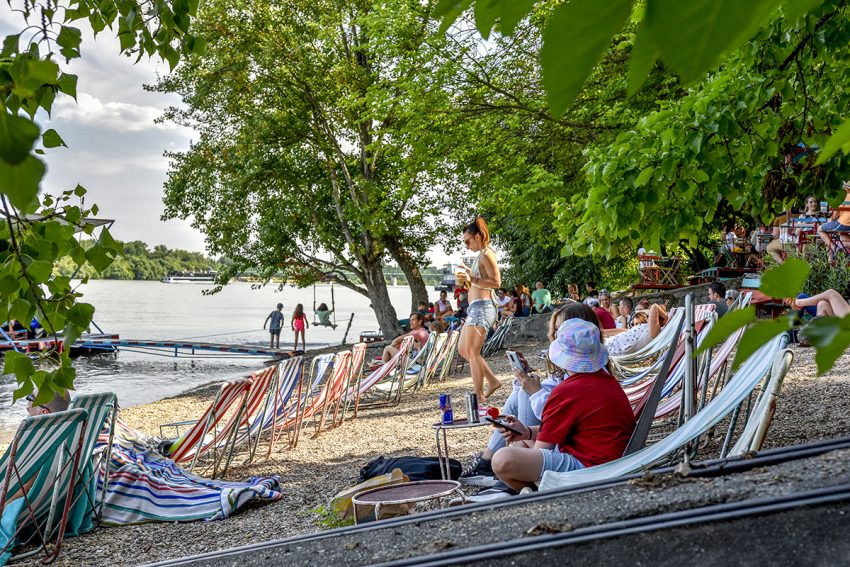
Aquincum Museum
Located on the grounds of an ancient settlement that dates back to the first century AD, Aquincum Museum is a sprawling exhibition space that lets you travel back into a time when the western half of present-day Hungary was known as the Roman province of Pannonia. Peek into what life was like for the area’s Roman populace (who unknowingly laid the foundations for future Budapest), with the help of everyday objects, mosaics, and statues. Explore the majestic ruins of what was once an important city of trade and culture, complete with baths, houses, shrines, butcher shops and more, and ponder upon the intricate tapestry of history.

Kiscelli Museum
Located in a former baroque monastery within Óbuda’s parkland, Kiscelli Museum showcases Budapest’s recent history through permanent and temporary exhibits. These displays feature local artifacts, antique furniture, and vintage photographs, while exploring themes like photography evolution and fashion trends. The museum’s surroundings also offer outdoor activities, with a hiking trail leading to landmarks like the Kiscelli Calvary Stations and the Golgota Sculpture.
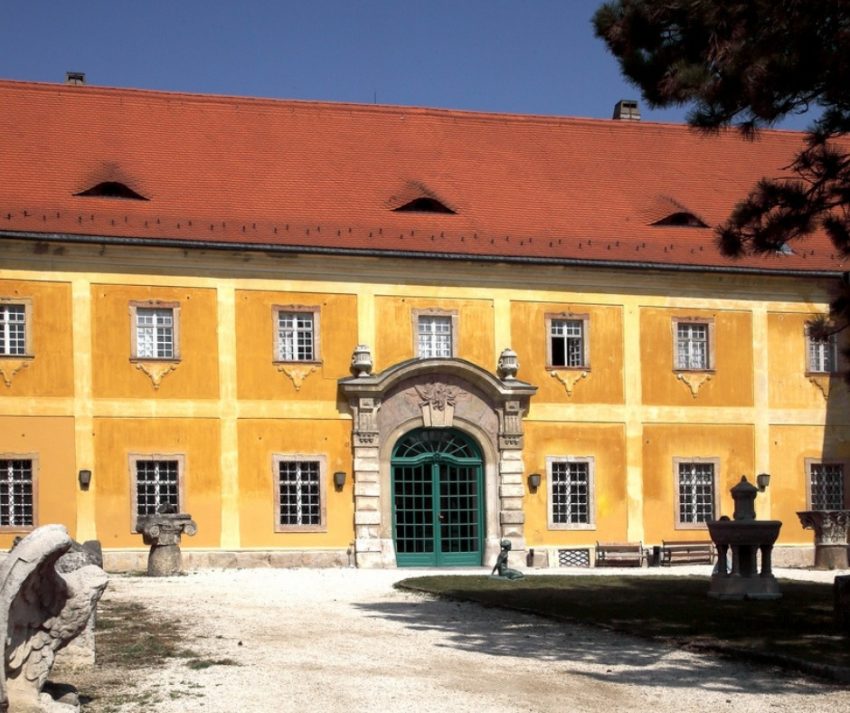
Óbudai Island
Nestled between Árpád Bridge and the Újpest Railway Bridge, Óbudai Island is a true haven for dog owners, cyclists and picnickers, while also serving as the proud host of the annual Sziget Festival, one of the largest music festivals in Europe. Despite its modern popularity, the island has a rich history: in antiquity, it was connected to Aquincum via a bridge, providing easy access to the lavish Hadrian’s Palace. In the 19th century, Count István Széchenyi established here the Óbudai Shipyard: although the factories are now closed, the island’s name, Hajógyári or ‘Shipyard Island’, remains a tribute to its industrial past.
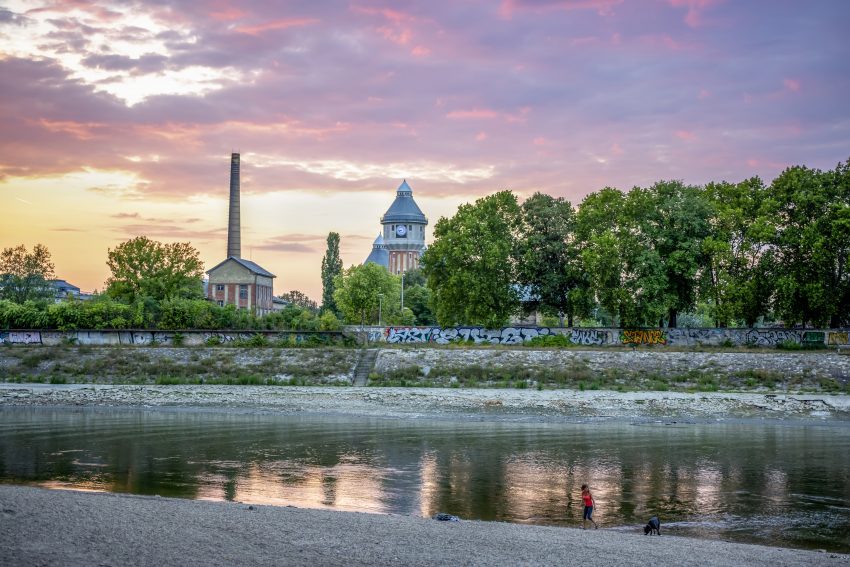
Relaxing in Óbuda
Gosh, you must be worn out after all that sightseeing! Fortunately, Óbuda is brimming with spots where you can unwind and recharge. Mad Garden Buda offers a delightful array of craft beers, an abundance of food trucks, weekend markets, daytime yoga sessions, and live DJ sets. Meanwhile, Kobuci Kert, as mentioned earlier, is a hub for live music concerts happening nearly every day of the week. If you’re in the mood for some laid-back riverside relaxation, both Fellini and Miamor at Római-part are perfect choices.
1033 Budapest, Miklós tér 1. | Facebook
